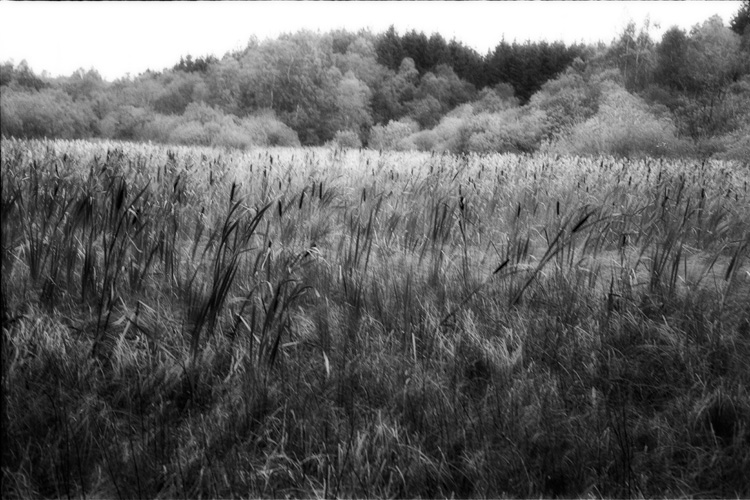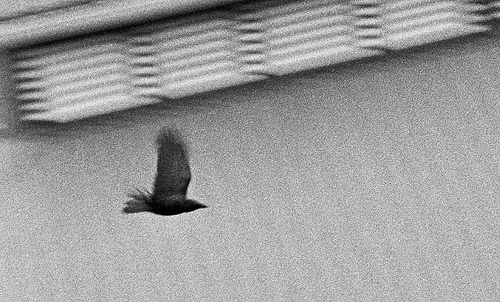Damaso
Photojournalist
"The Sacramento Bee published a photograph taken during the Galt Winter Bird Festival of a snowy egret grabbing for a frog just caught by a great egret. This week we learned the photograph had been digitally altered by the photographer in violation of our standards. While the original photo did show that same snowy egret grabbing for the frog from the great egret, the photographer merged in a different image of the great egret, in which the frog was more visible. As a result, the published photo included duplicated images of the plants."
http://www.sacbee.com/2012/02/01/4232790/setting-it-straight-photo-manipulated.html

http://www.sacbee.com/2012/02/01/4232790/setting-it-straight-photo-manipulated.html





